66 Lepidoptera Families I
Tineidae
The first family you should be aware of is the Tineidae, or clothes moths. The larvae are tiny and rather drab (cryptic). They specialize in feeding on dead hairs of various animals. This has made them pests of natural wool and fur garments, and important museum pests in vertebrate collections. We do not have a definitive specimen in the collection.
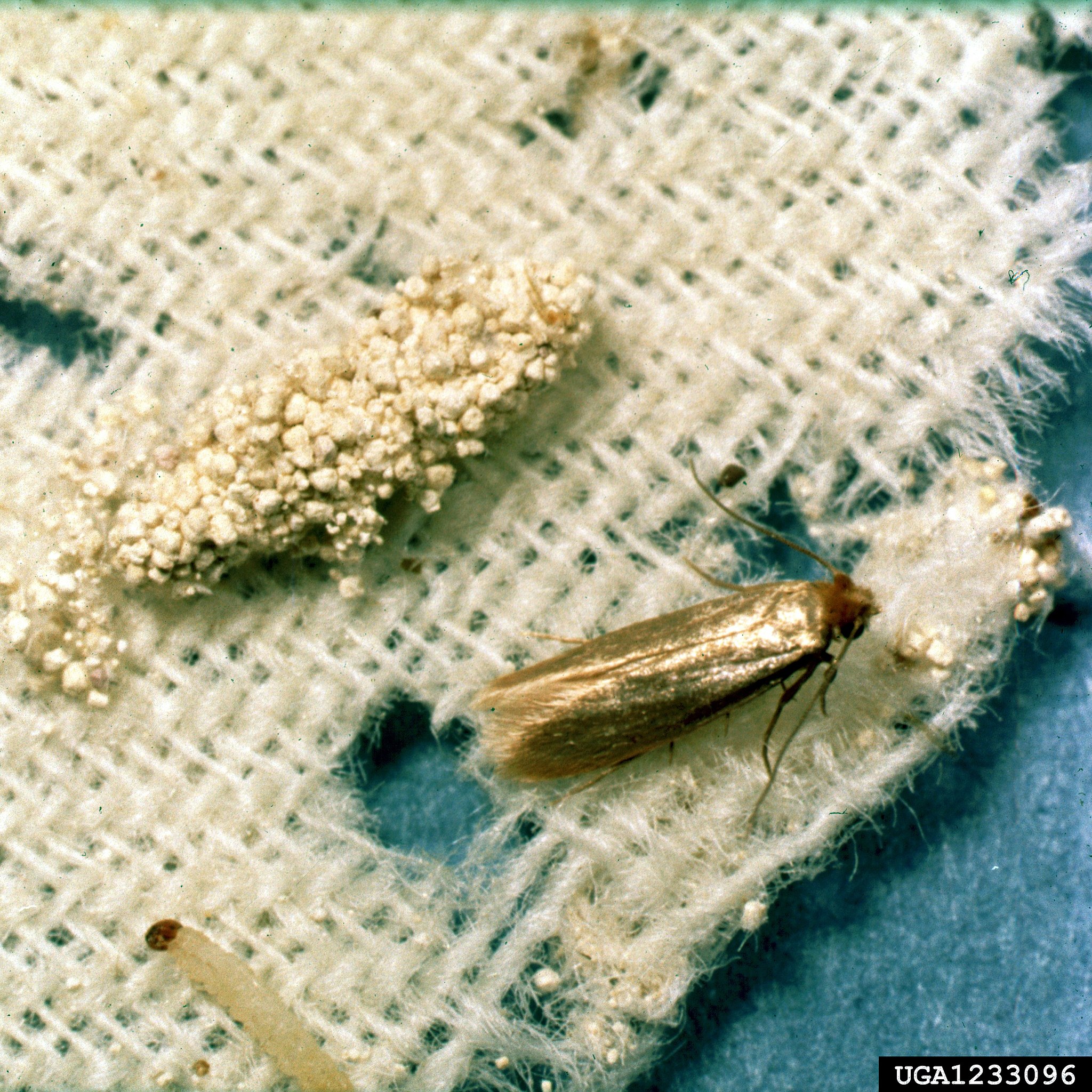
Tineola bisselliella: Clemson University – USDA Cooperative Extension Slide Series, Bugwood.org, CC BY 3.0 US <https://creativecommons.org/licenses/by/3.0/us/deed.en>, via Wikimedia Commons
Sesiidae
Sesiidae, the clearwing moths, Have the win scales confined to only a few places on each wing. Normally, the scales are concentrated around the edges of the forewings, but may also be found along major wing veins. The adults are mostly Batesian mimics of stinging Hymenoptera, and can be tricky to tell apart from wasps at first glance. The larvae are mostly wood borers. We sometimes receive specimens of Synanthedon novaroensis, the Douglas-fir pitch moth. The larvae of this species can be found in large pitch masses on the trunks of various conifer hosts. They can be significant pests of lodgepole pine in BC. Further south, several species bore in the trunks of fruit tree species.
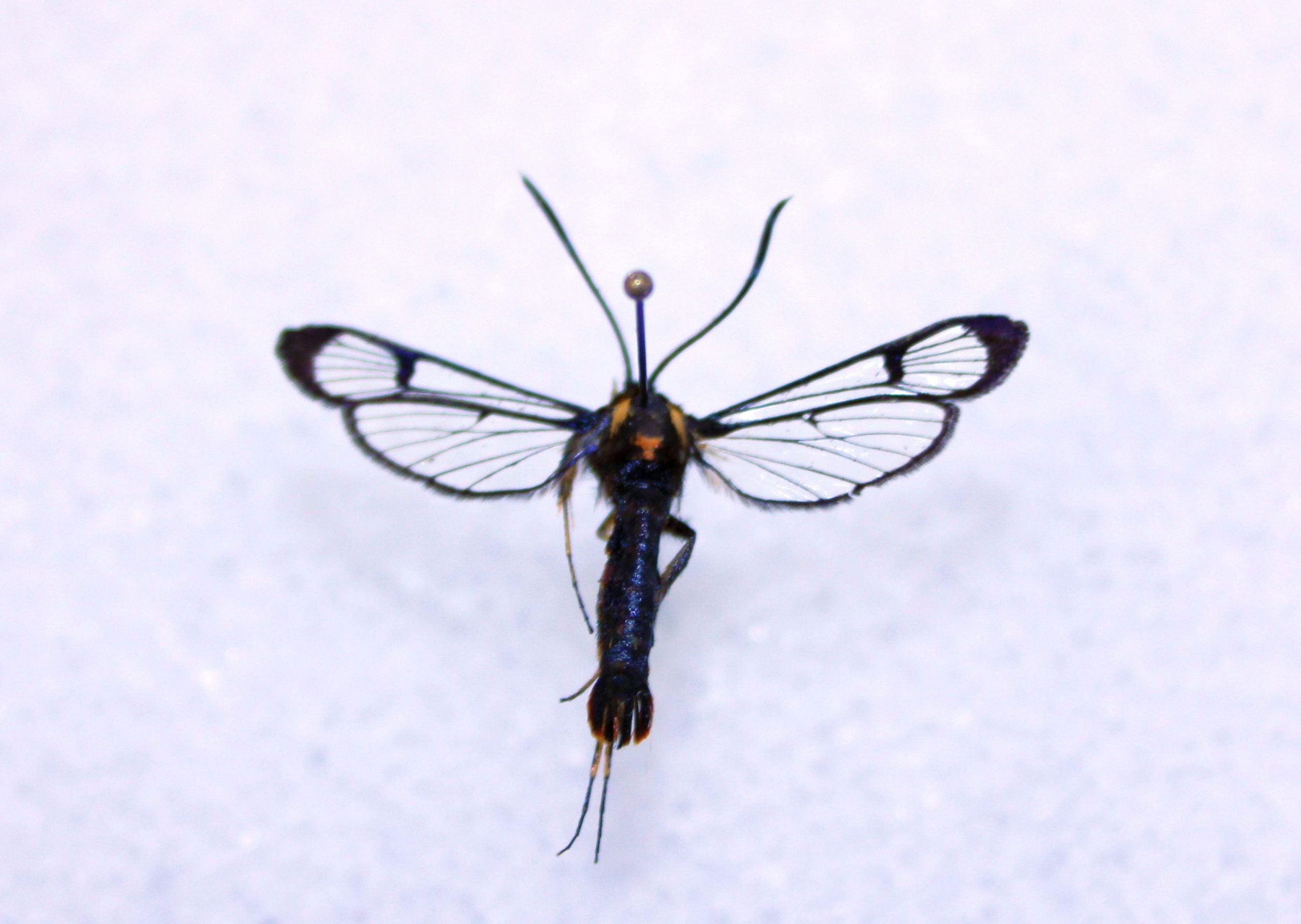
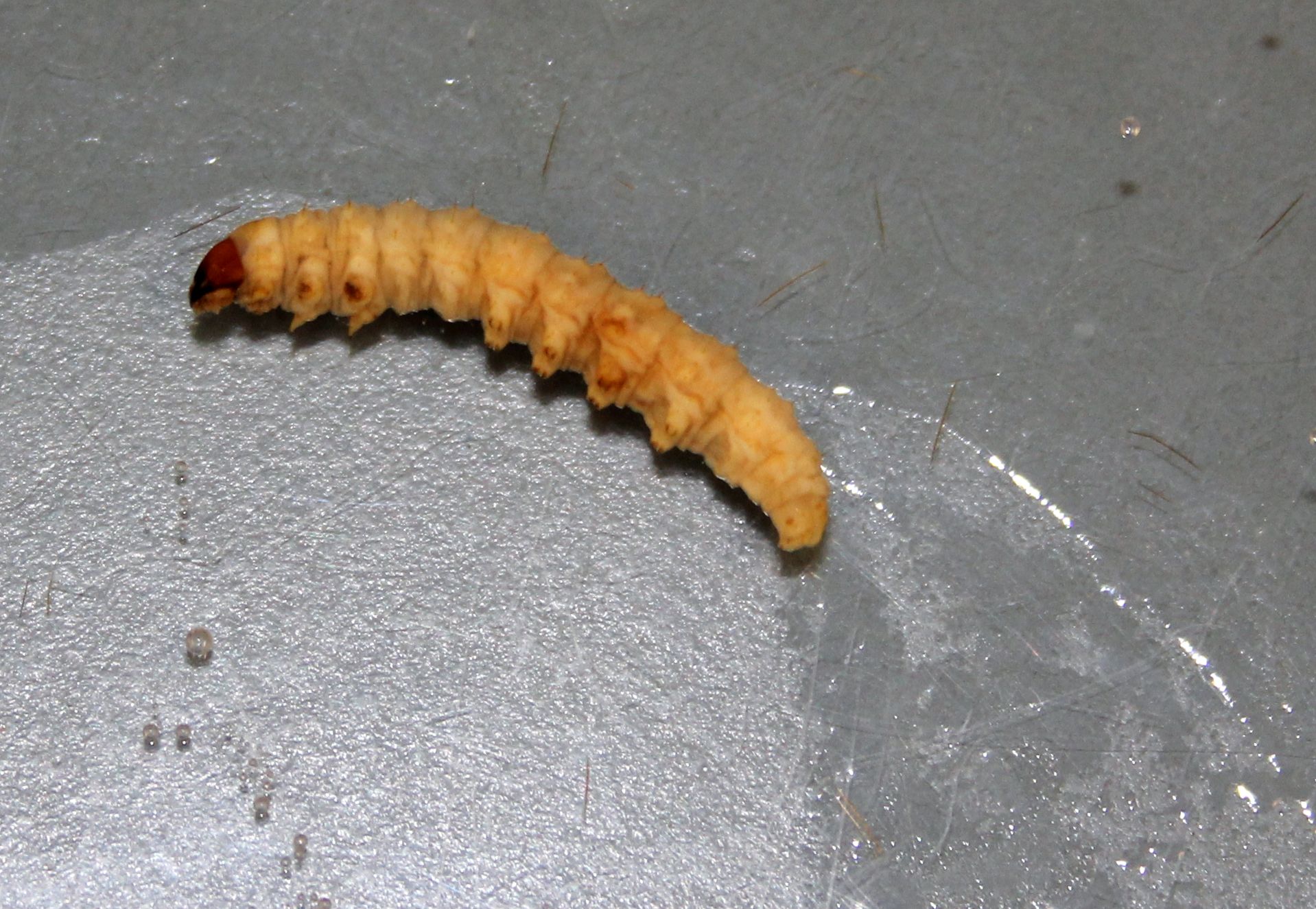
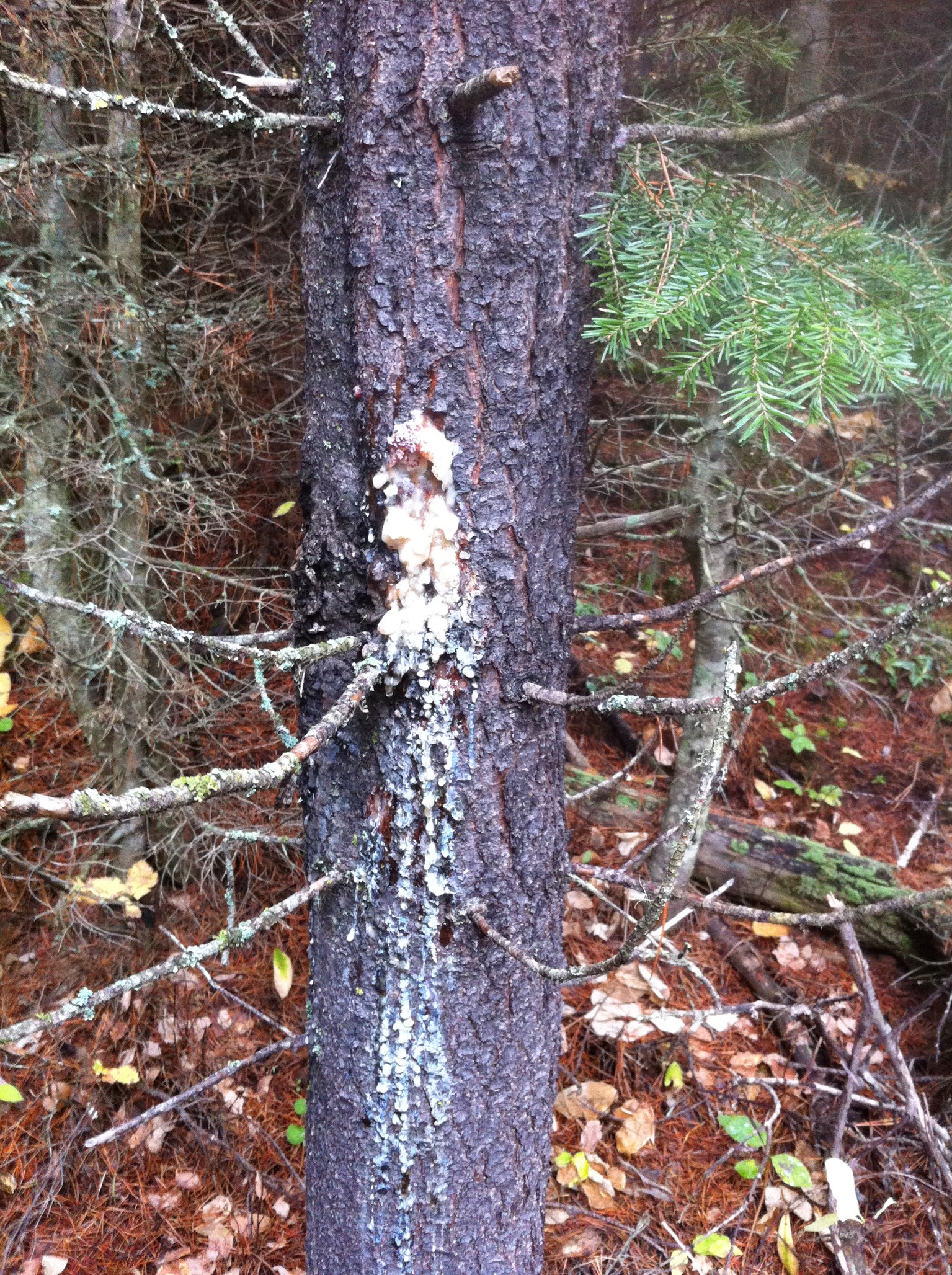
Tortricidae
Many members of Tortricidae are also serious agricultural, horticultural, and forest pests. They have various common names, often based on the host’s symptoms: e.g. leaf rollers, budworms, etc. Both larval and adult members of individual species can be highly variable, making it difficult to determine species without in-depth diagnostic work and information on the host, the geographic location, and the habits. Most larvae in the family build some sort of feeding shelter, either rolling a leaf up with silk, or webbing together multiple leaves at a branch tip. As adults, the best characteristic to look for is the bell-shaped outline of the folded wings at rest. Spruce budworms, Choristoneura species, are serious defoliators of various coniferous trees in North America.
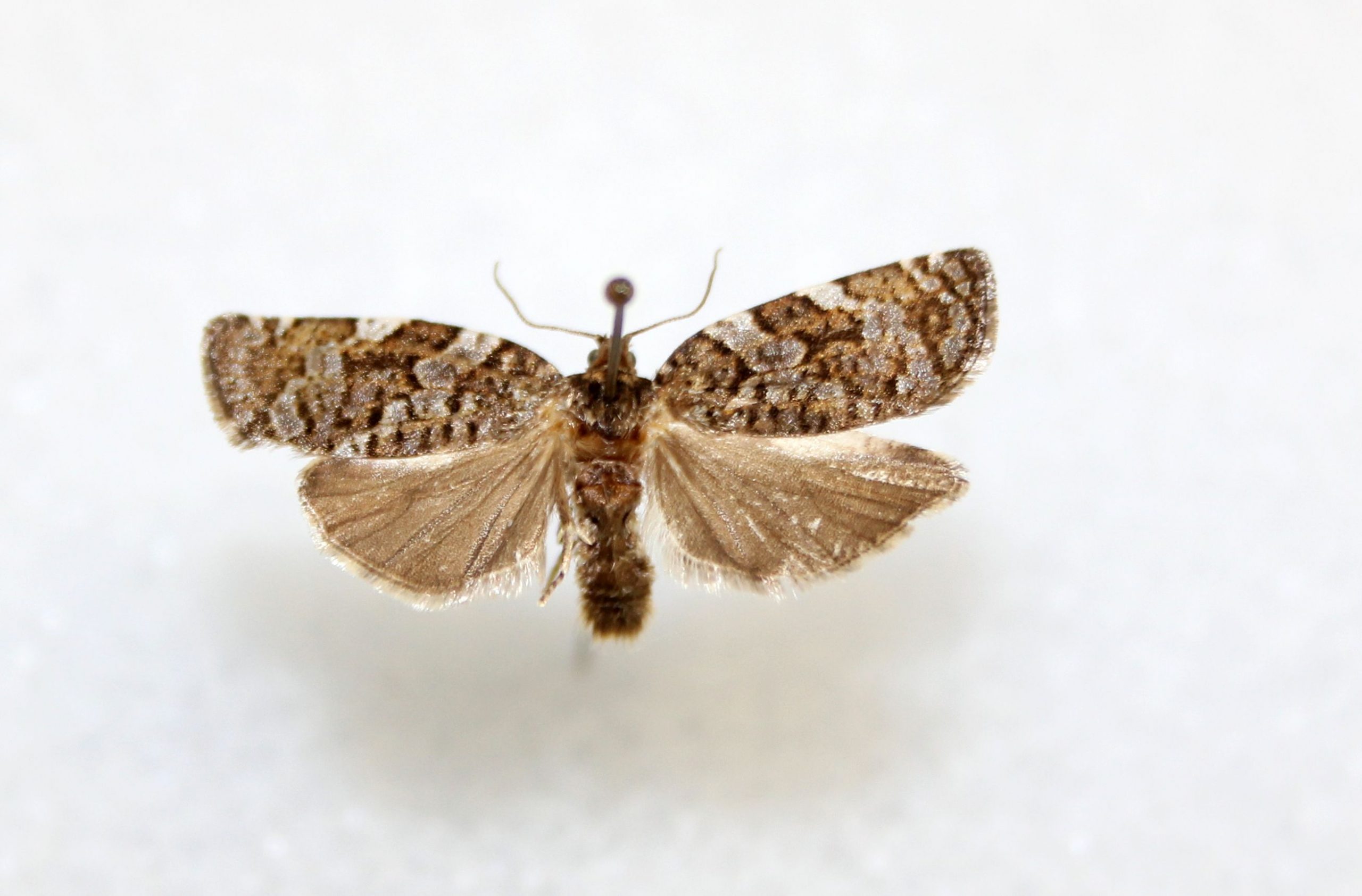
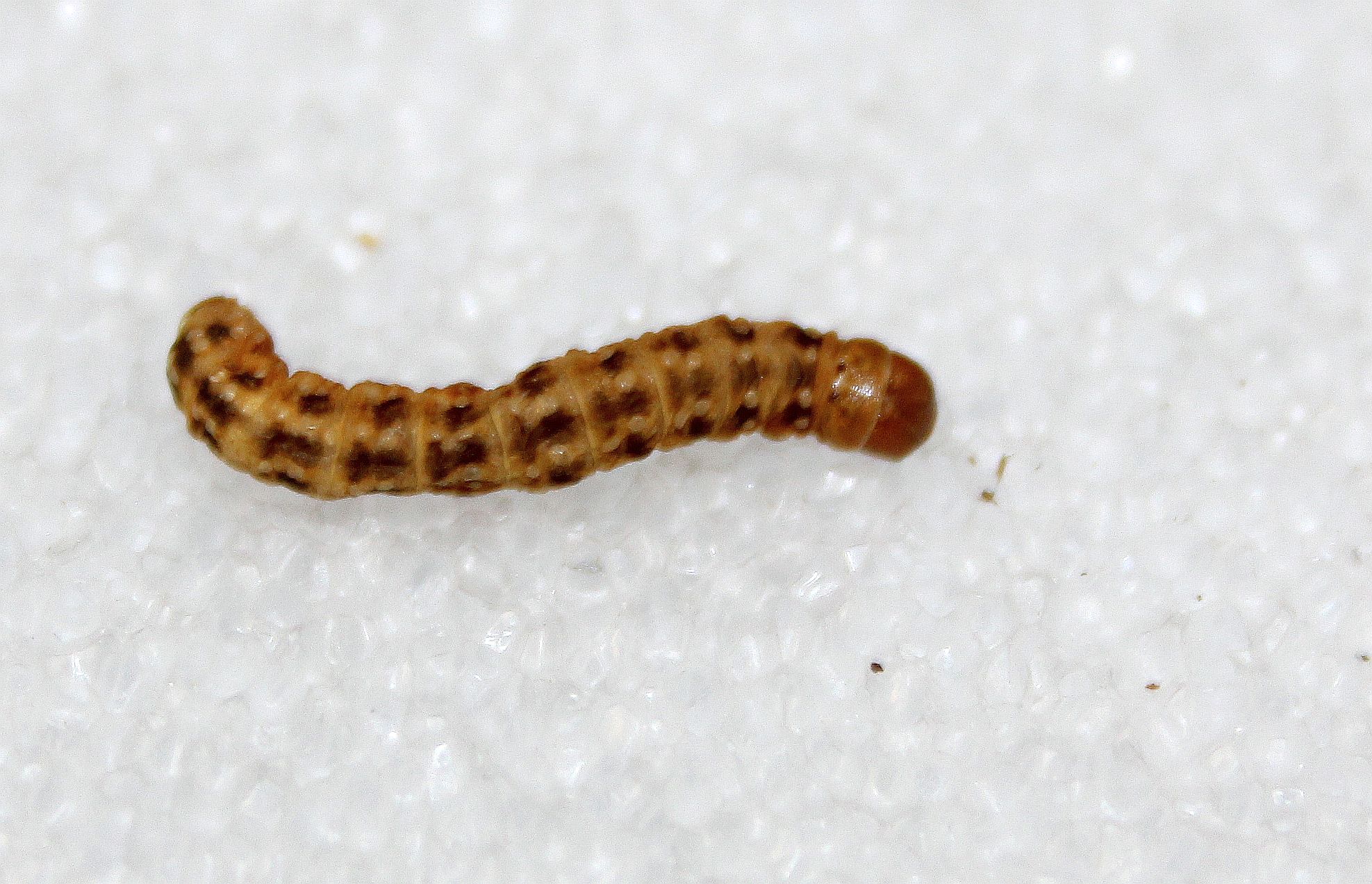

Pterophoridae
Pterophoridae, or plume moths, resemble crane flies. Both the front and hind wings of moths in this family are subdivided into “plumes”, which are furled together and held perpendicular to the body at rest. The furled wings typically give the adult a characteristic “T” shape.
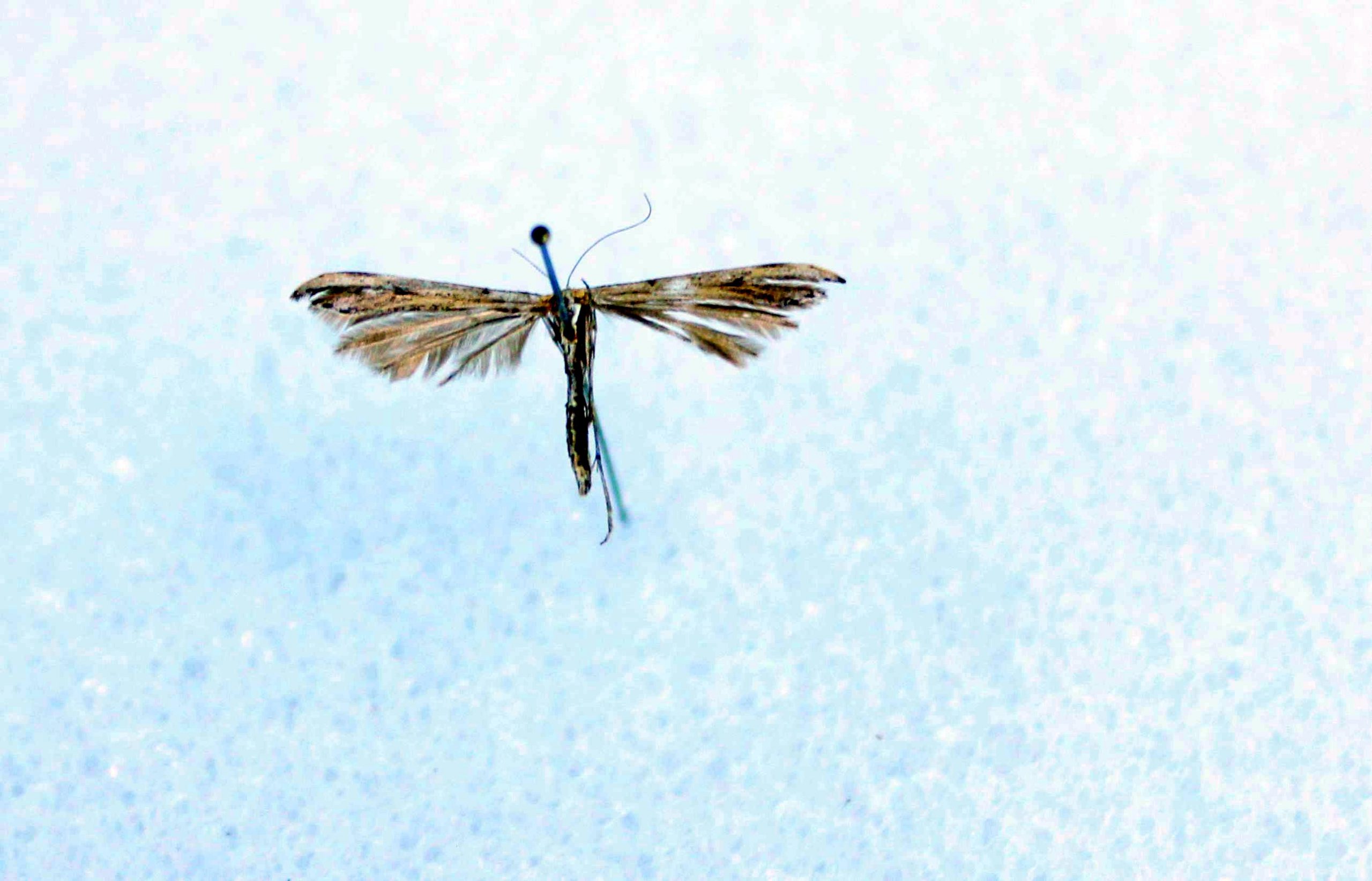
Pyralidae
Pyralidae includes the snout and grass moths. This family also includes a number of economically important pest species: see the Wikipedia list at https://en.wikipedia.org/wiki/Pyralidae. Many of the adults resemble adults of the Tortricidae (little, brown moths, or LBMs!), but notice the difference in the outline of the folded wings at rest. Tortricidae have that characteristic bell-shaped outline, while Pyralidae have a triangular, straight-sided outline. They often also have the mouthparts extended to the front of the head and heavily scaled, resembling a “snout”. A caution, however: Crambidae, which we do not cover in the lab, is also common, and also has a “snout” and a triangular wing outline. Crambidae has been separated from Pyralidae relatively recently. The photo below is of Dioryctria cambiicola, the western pine moth. Larvae form small pitch masses on lodgepole pine, especially at the edges of stem rust cankers.
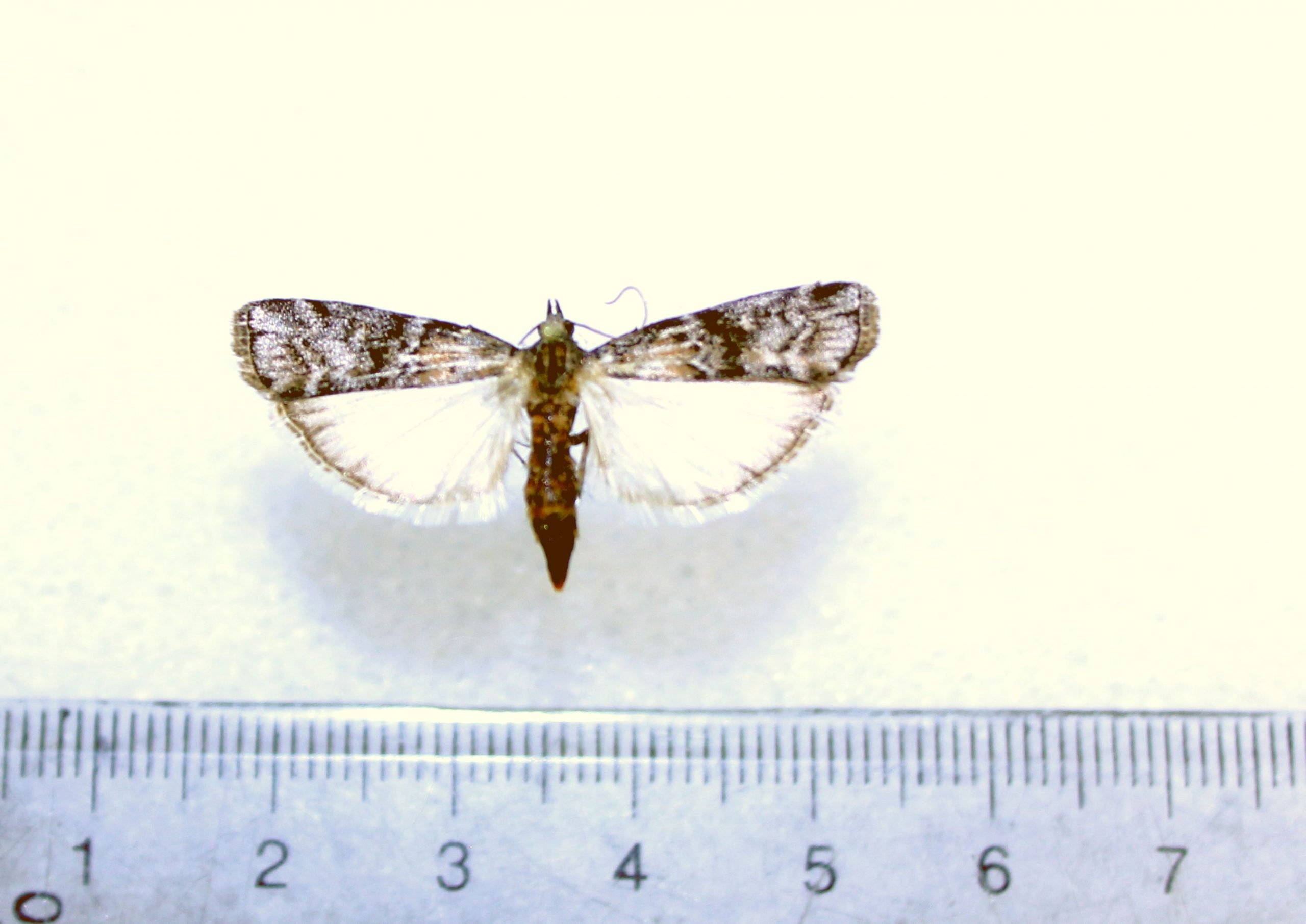
Hesperiidae
Hesperiidae, the skippers, are a day-flying group. The adults are relatively small, stout bodied Lepidoptera that fly quite fast. Many have orange patterns on the wings, and all have distally enlarged, hooked antennae.
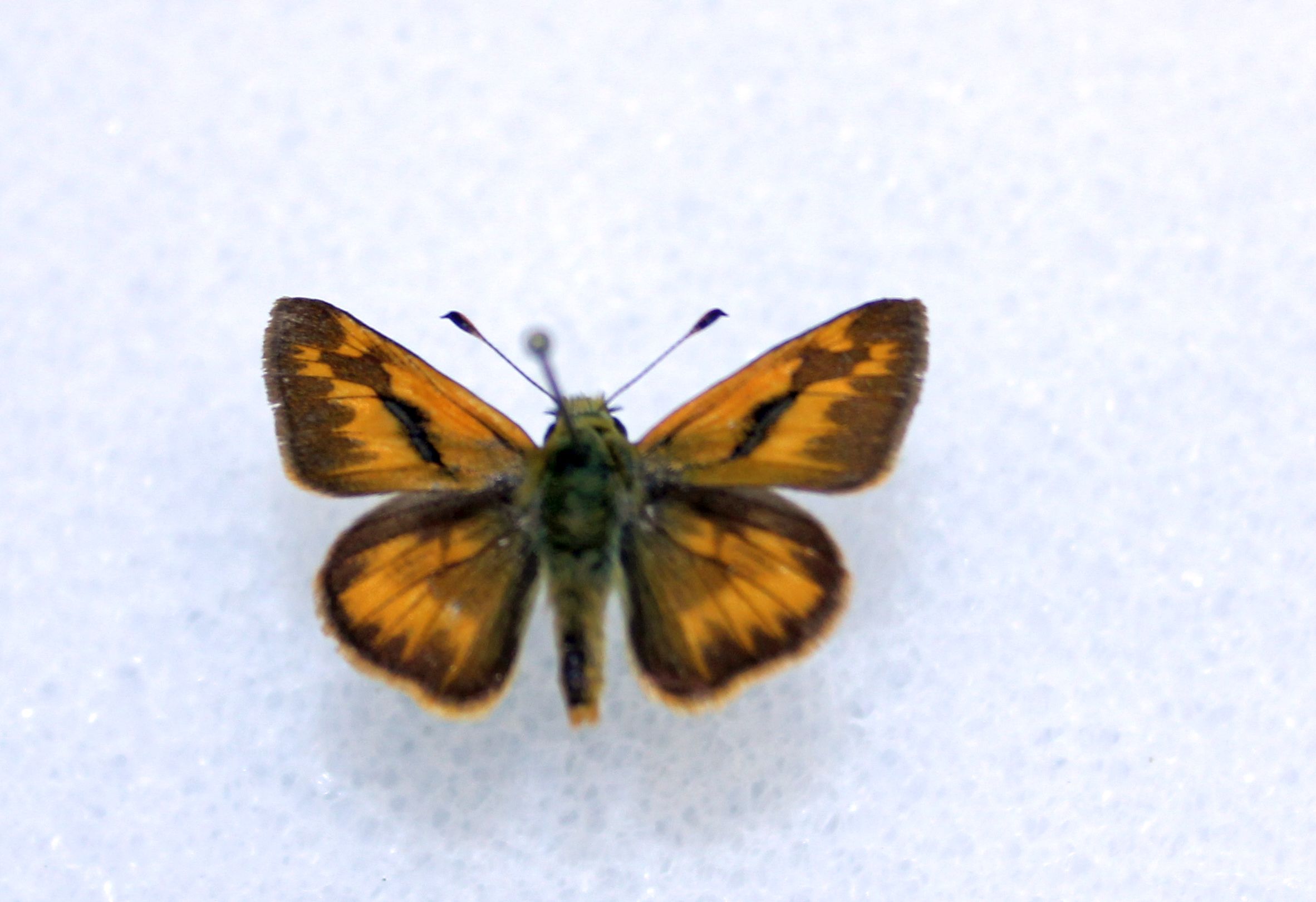
Papilionidae
Papilionidae includes the swallowtails and parnassians. Many members of this family are large, flashy brightly coloured as adult butterflies. The larvae are also large and heavy-bodied. Both adults and larvae may be distasteful or mimic other species that are distasteful. Papilionidae are popular amongst collectors because of their relatively large size and bright wing colours.
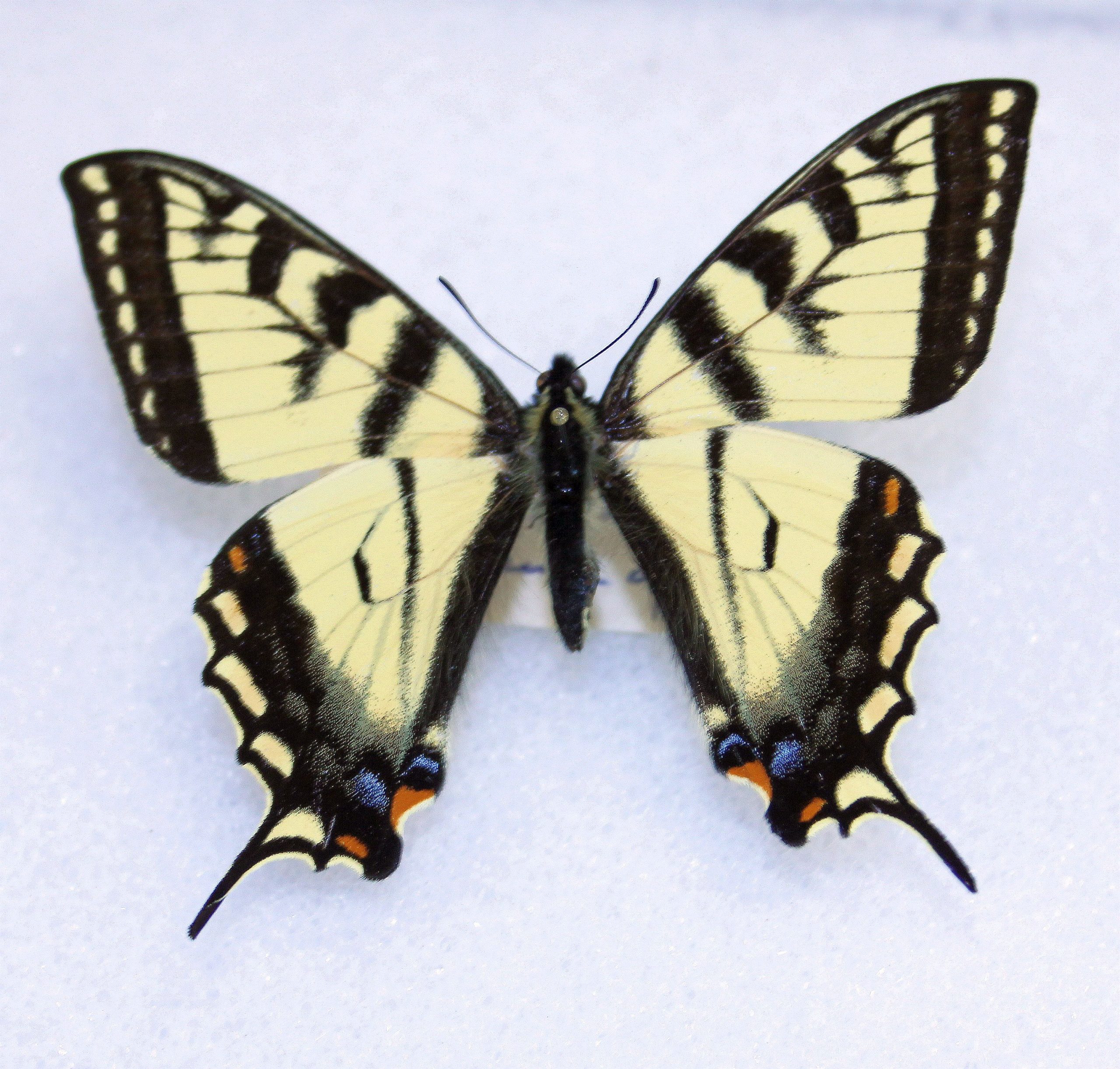
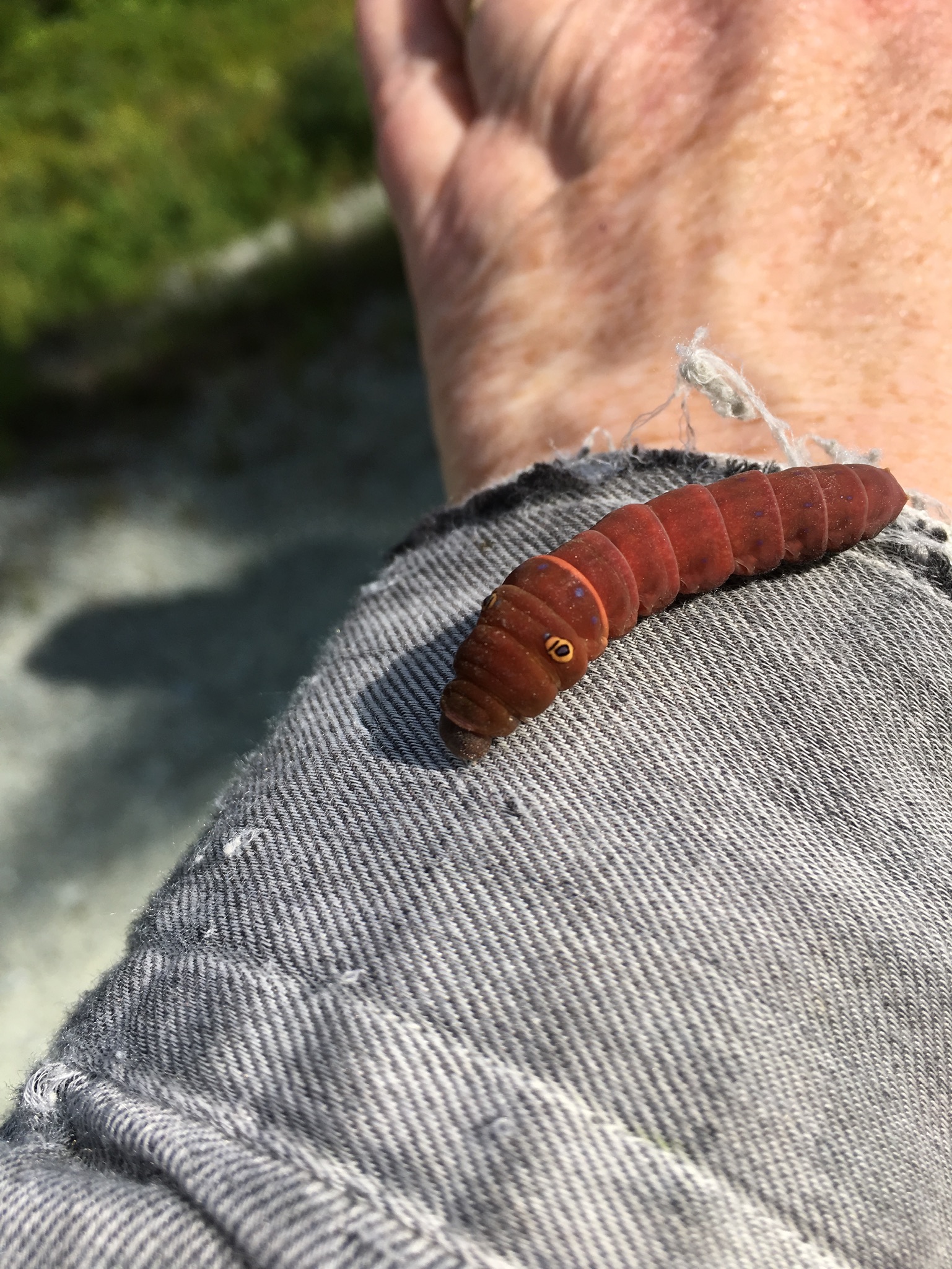
Pieridae
Pieridae include the whites, sulphurs, and orangetips, named for the colours of their wings (as you might have guessed!). A number of species are important pests. Examples include the cabbage white, Pieris rapae, the larvae of which feed on all members of the cabbage family, and the white pine butterfly, Neophasia menapia, which feed on foliage of coniferous trees as larvae.
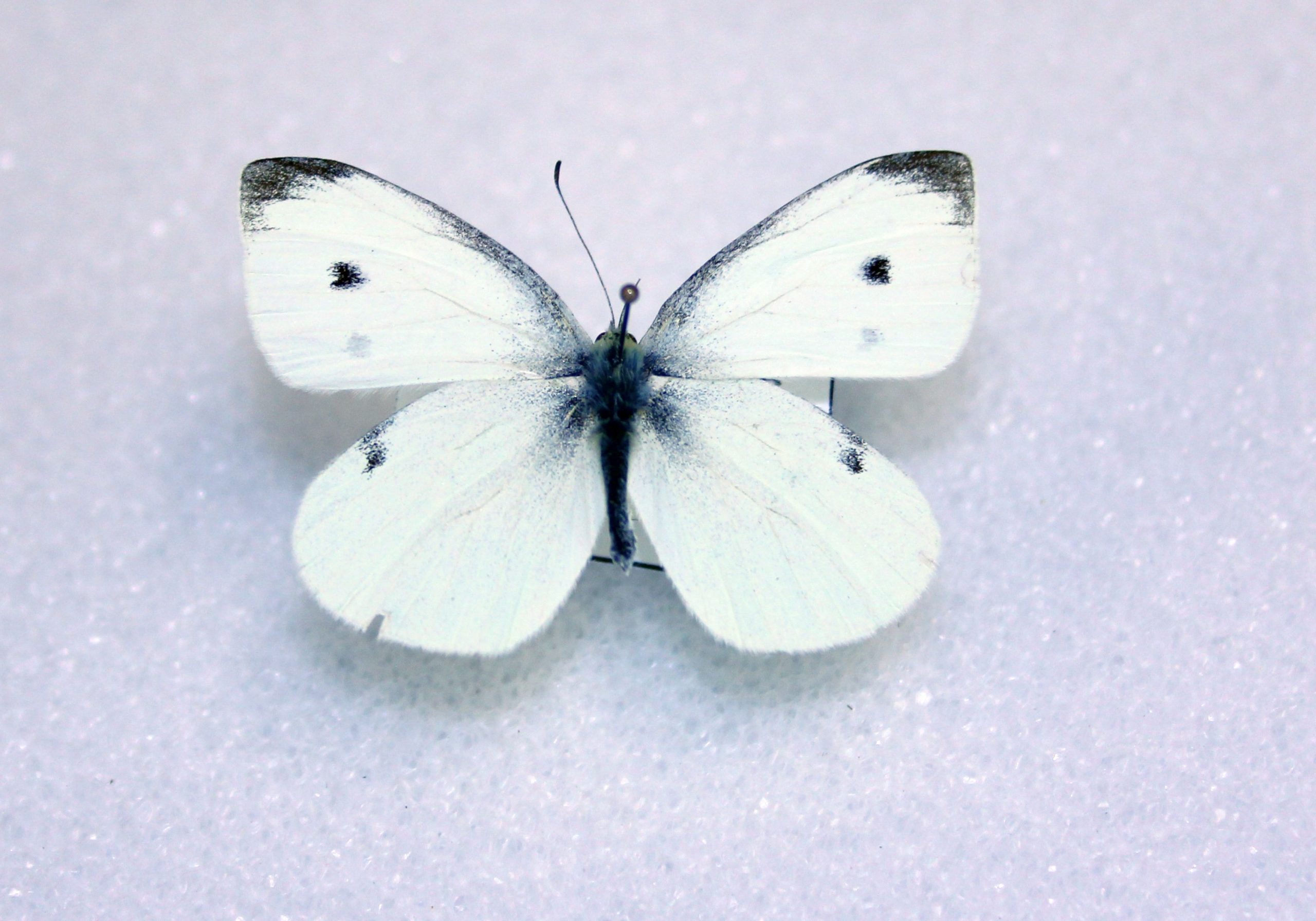
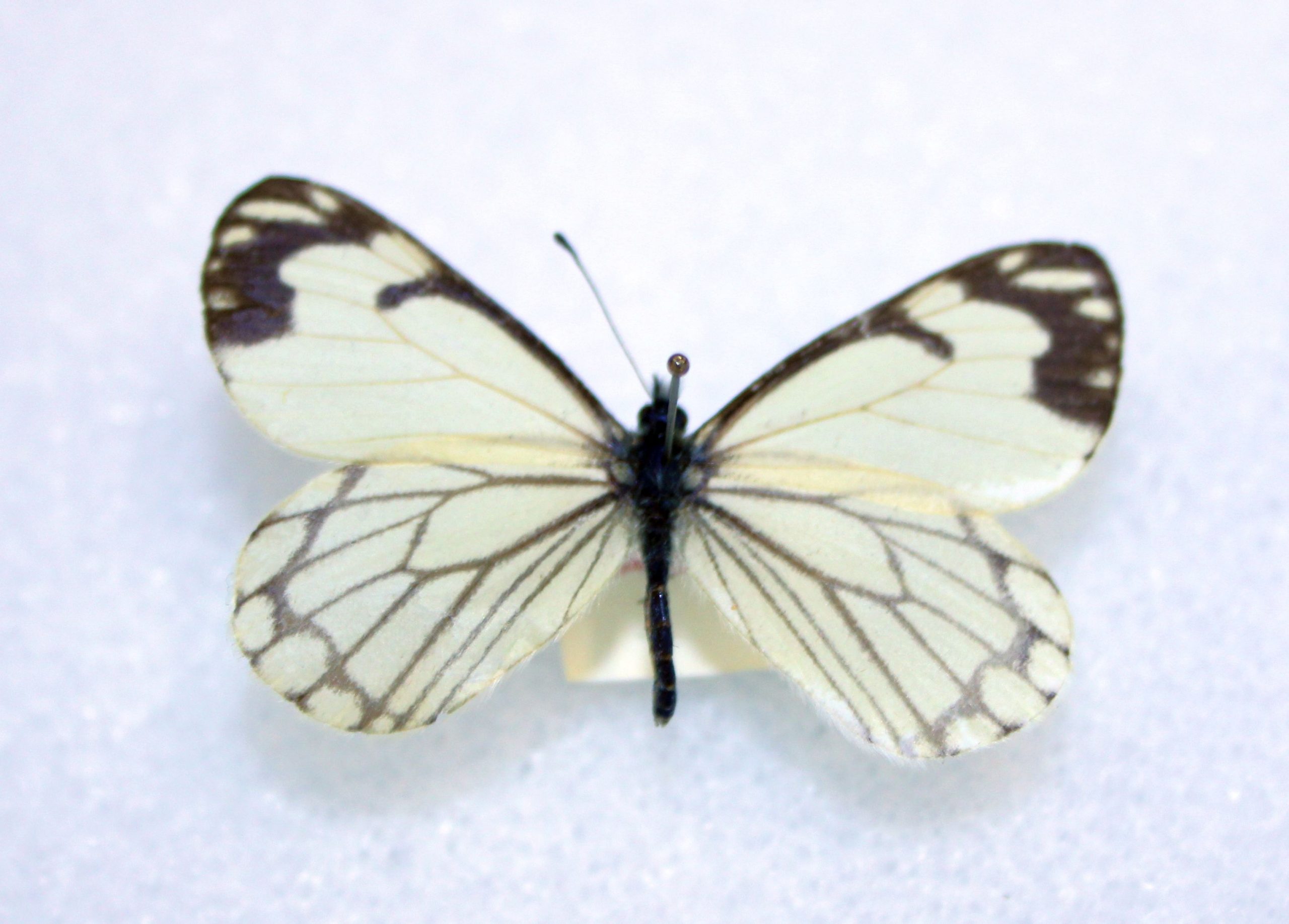
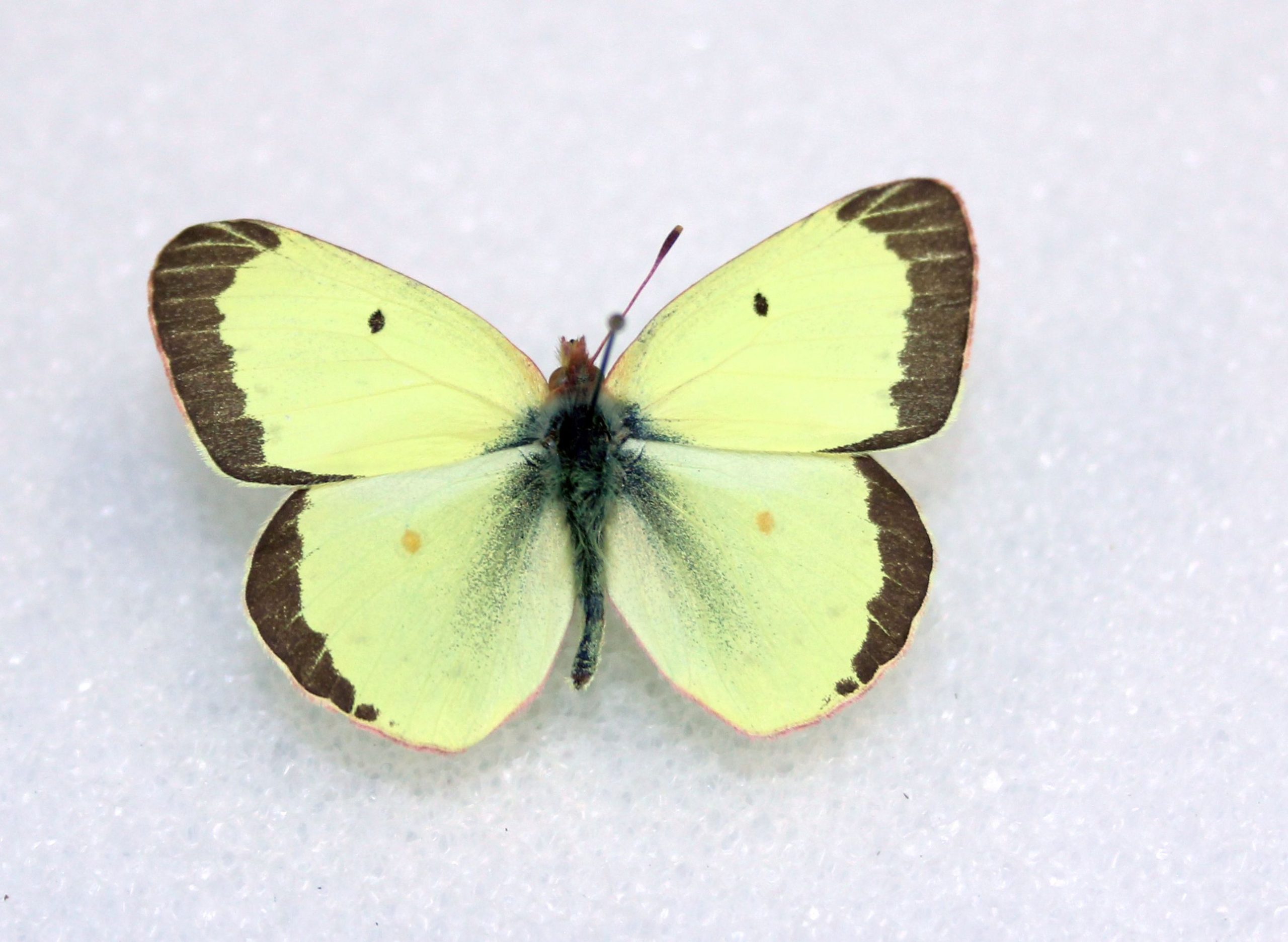
Lycaenidae
Lycaenidae are also known as the gossamer-winged butterflies, and include the blues, hairstreaks, coppers, and metalmarks. Some taxonomists separate the metalmarks into a separate family, the Riodinidae. Lycaenidae larvae are often associated with ants, communicating with the ants via substrate drumming (sound) and semiochemicals. They may overwinter in ant nests. Colour patterns on the undersides of the wings are often helpful to distinguish species, and I have “enhanced” these photos to show these features.
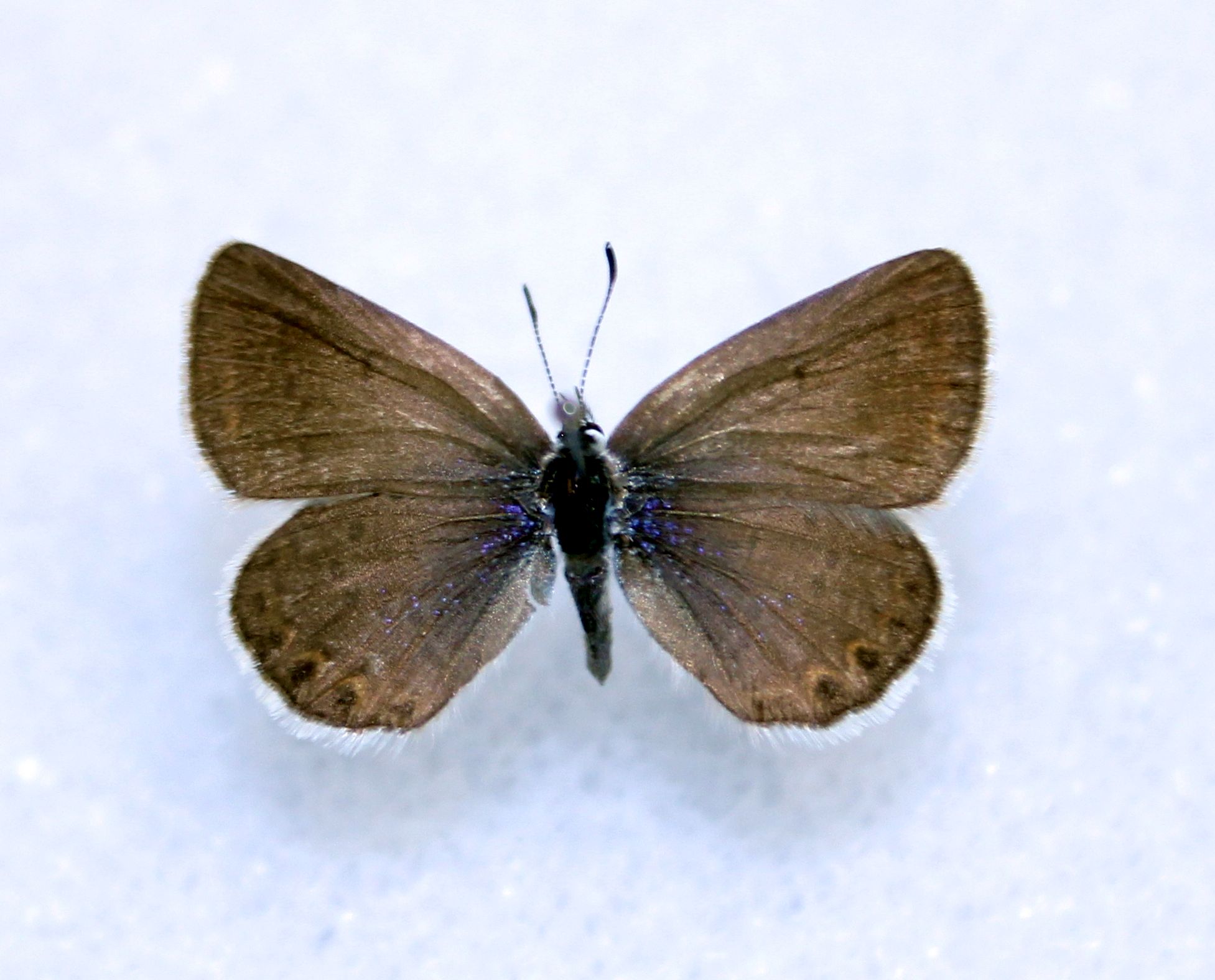
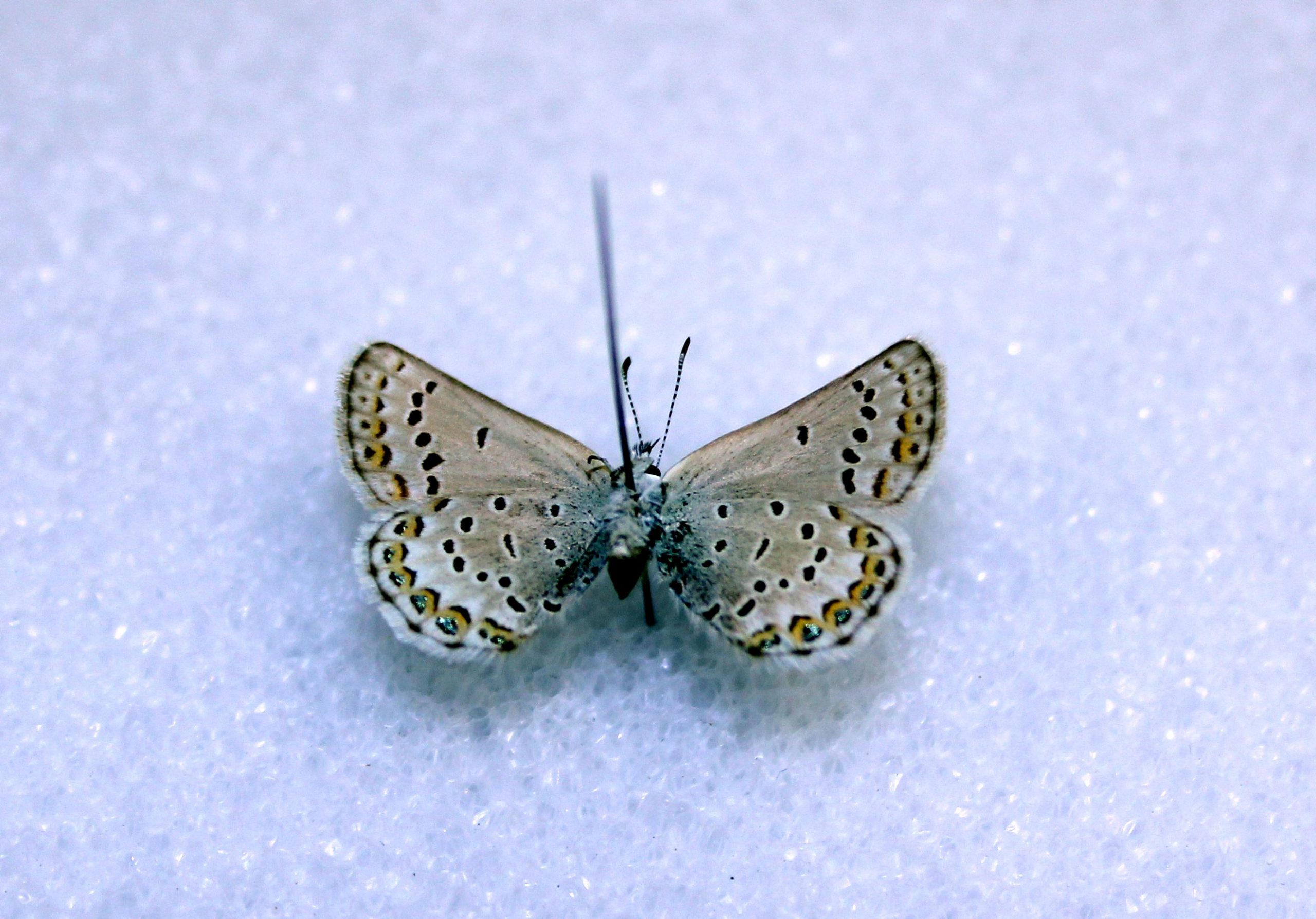
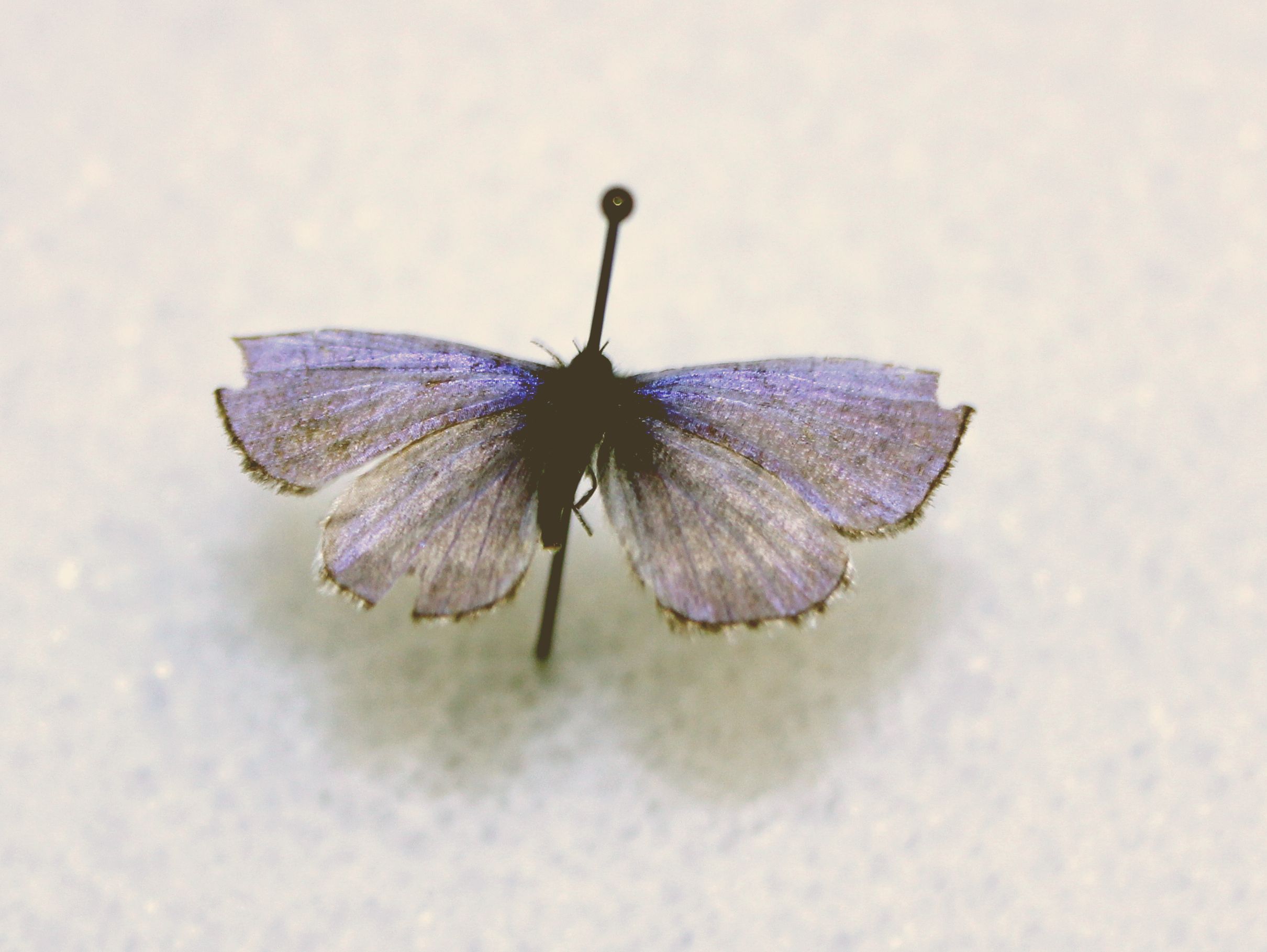
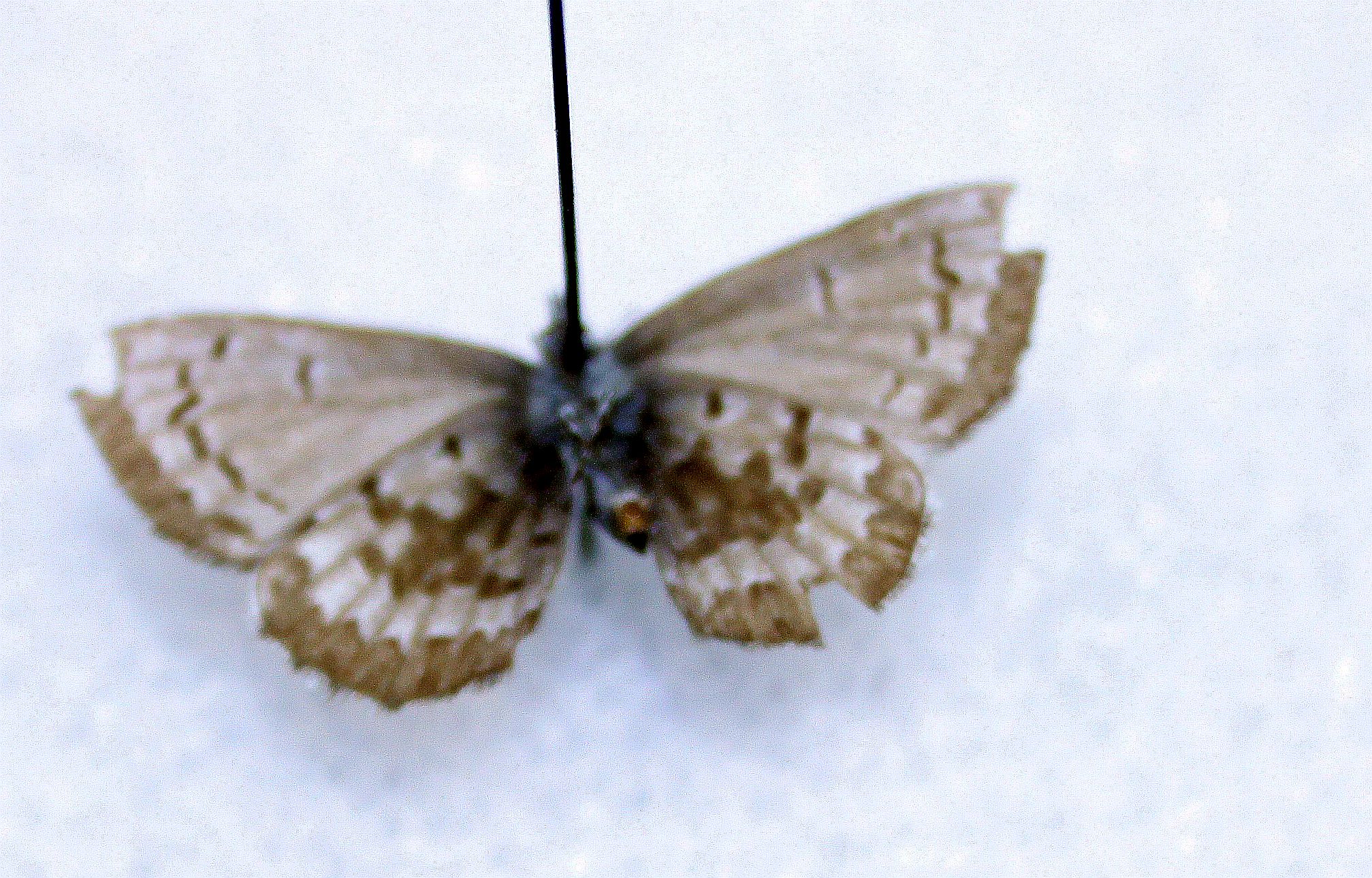


Feedback/Errata